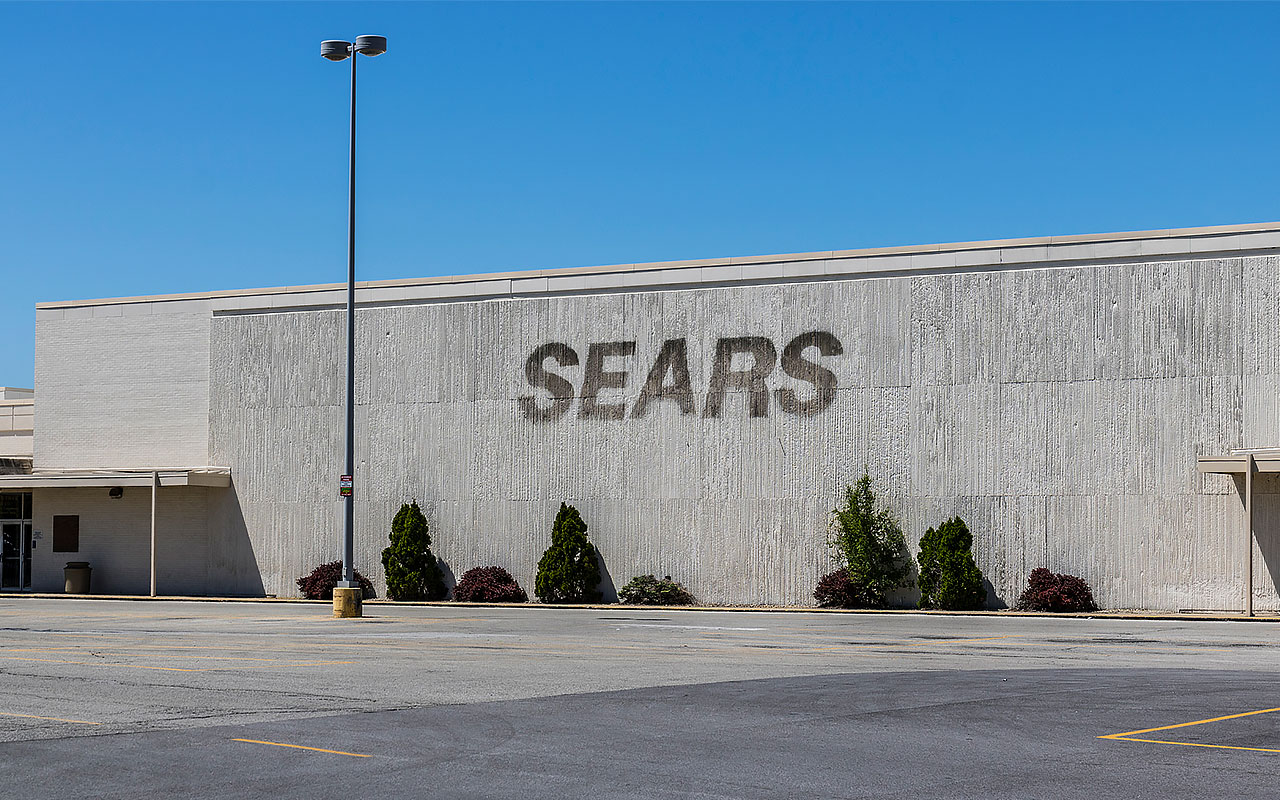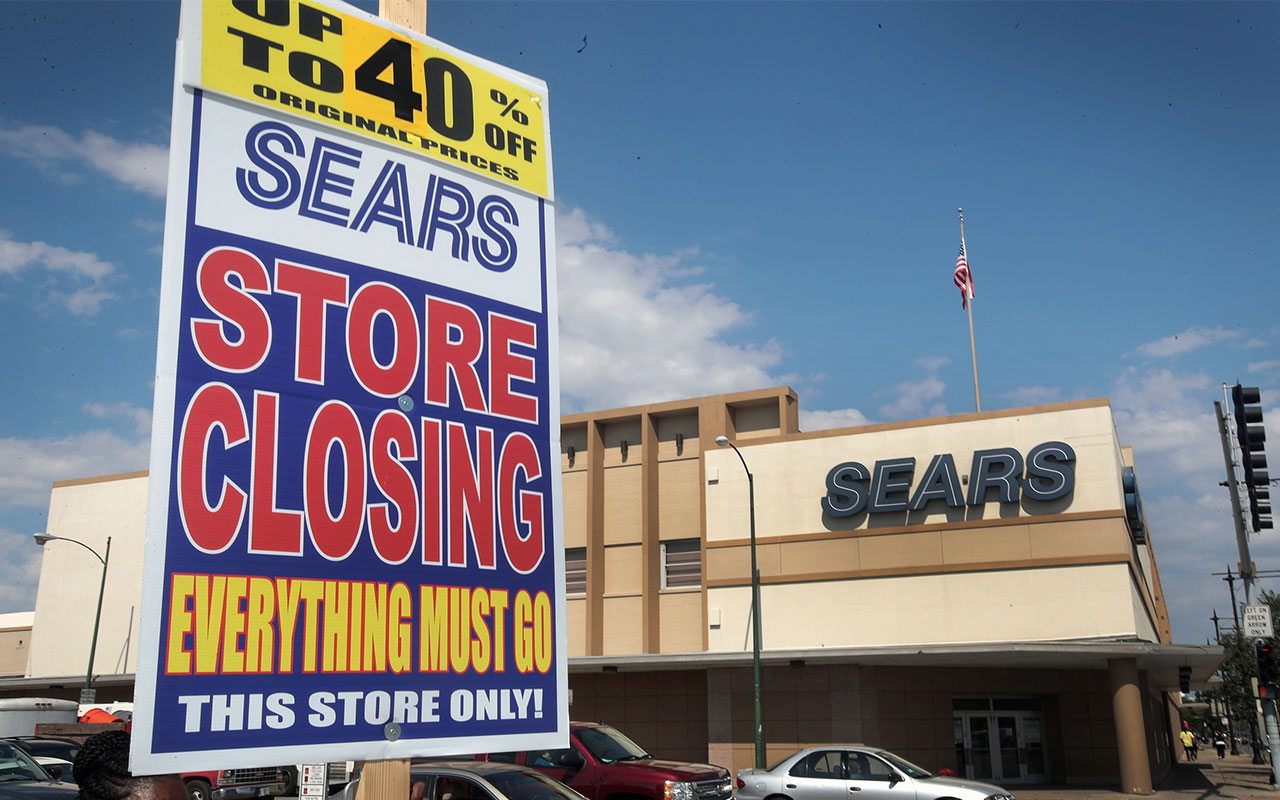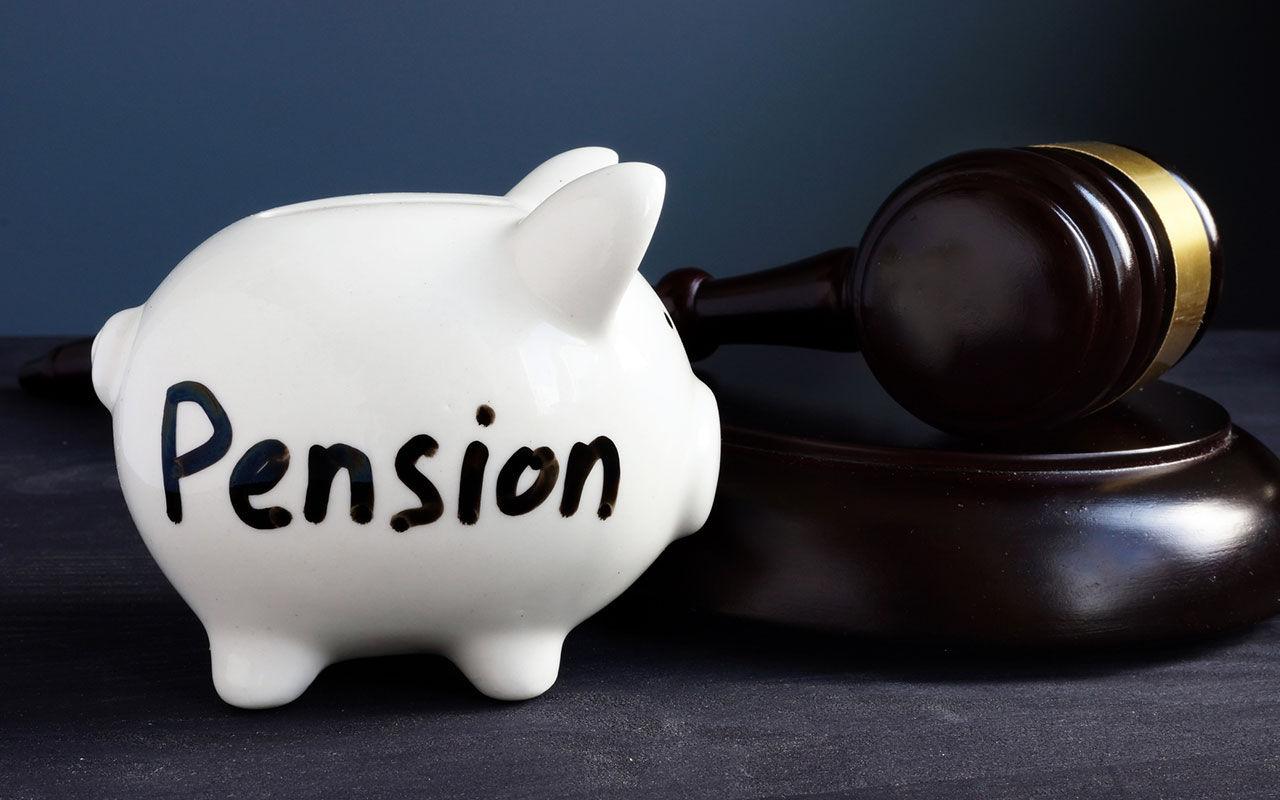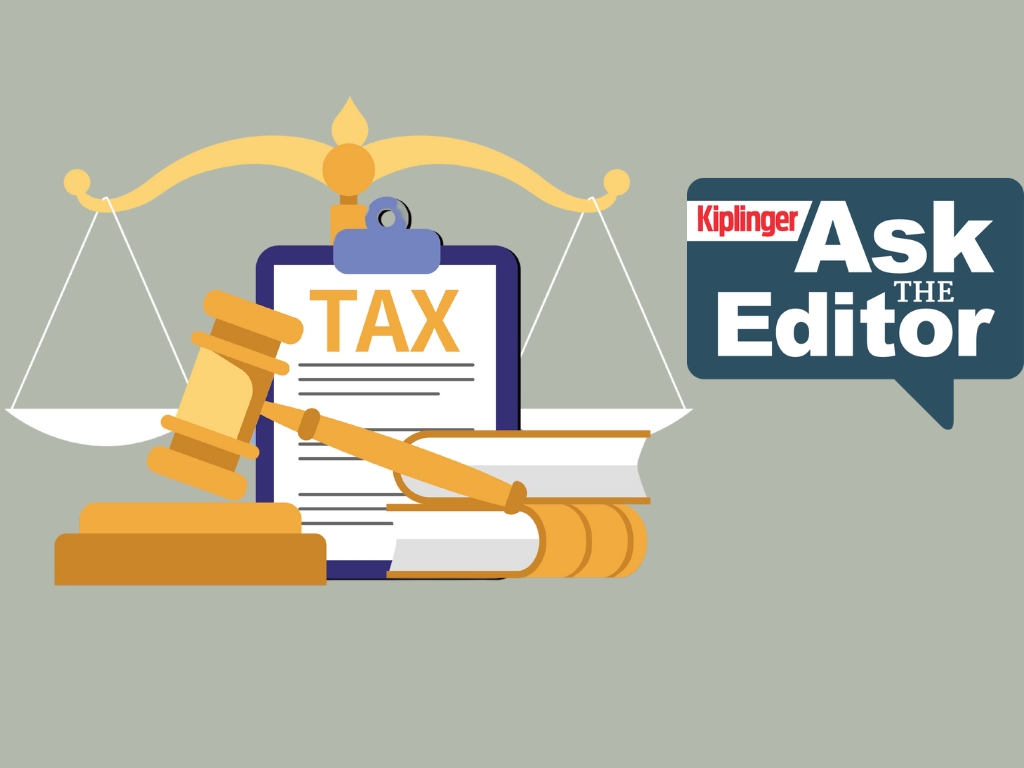What Happens When a Retailer Goes Bankrupt?
Just when it looked like the so-called retail apocalypse was all the way in the rearview mirror, it managed to claim another victim.


Just when it looked like the so-called retail apocalypse was all the way in the rearview mirror, it managed to claim another victim. A long-beleaguered Sears Holdings (SHLDQ, $0.40) finally was forced to file for Chapter 11 bankruptcy protection on Oct. 15, 2018. That vindicated numerous doubters who were surprised Sears hung on as long as it did.
But the decision is hardly an event. That is, the decision to file bankruptcy sets off a chain of open-ended processes that might let the company regroup on firmer footing.
Retail bankruptcies such as Sears’ are unique in that most ultimately attempt to remain operational during the restructuring process. That’s because restarting such a business can often be far more expensive and difficult than simply keeping them up and running … even if the operation is bleeding money as-is.
Here are 10 steps that most bankrupt retail outfits – including Sears – typically will follow once it’s clear they can’t earn their way out of insolvency. The sequence of events isn’t necessarily set in stone, but it largely has to unfurl in a way that’s close to this order.

Choosing Chapter 7 or Chapter 11
Before any resolution can be achieved, the organization in question has to answer one crucial question:
Is it time to call it quits for good, or can the business be made viable again if a wide swath of its obligation are wiped away?
If it’s the former, the seventh chapter of the U.S. bankruptcy code lays out the groundwork for an outright liquidation of all the company’s assets, as well as equitable distribution of whatever funds can be raised. If it’s the latter, the company follows the rules according to the 11th chapter, which facilitate negotiations to reduce legal obligations.
Most retail bankruptcies are Chapter 11 filings, as the end-goal is to resume business with at least a less burdensome debt load.

A Trustee Is Assigned
Once a company decides it can’t continue to operate as-is and asks the nation’s judicial system to step in, it’s no longer allowed to operate without close supervision. The courts assign a U.S. trustee to the case to ensure that organization operates above board during a hectic time that could lead to insider abuse and self-serving decisions.
In the case of Chapter 7 filings, an impartial and disinterested third party is appointed as a case trustee, to fairly and fully liquidate assets. Case trustees are far less common in Chapter 11 filings, largely because the company and the creditors all want the same thing, and typically will work together to rekindle viability.
In both cases, however, the court-appointed U.S. trustee is tasked with oversight of the process, including the appointment of the third-party case trustee.

Clearance Sales Initiated
In cases where a retailer will be shutting down at least some stores, all that inventory must go somewhere.
The easiest and most cost-effective solution is to simply sell it right where it is, even if that means selling it at less than cost. Most organizations simply don’t have the room or capacity to redistribute all that merchandise.
Still, stores must be emptied.

Stores Close, Layoffs Begin
The next stage in the process is an obvious and painful one. If a retail site is being shut down for good, all those workers are laid off if they can’t be relocated. And most can’t be relocated.
They’re generally eligible for unemployment benefits, though that’s neither a permanent nor an adequate solution. In some cases, employees also may receive a severance package. However, if an organization has been struggling to turn a profit for years, it may have little or nothing to offer workers it must let go.

Property Liquidations Begin
All businesses own some modicum of equipment and furniture necessary to operate, including retailers. But retailers also boast one type of equipment that can become a massive headache once they’re no longer needed: racks, shelves and display stands.
There’s little to no market for such property, particularly when it’s used and difficult to transport. Much of it ultimately is taken to a landfill, or sold for pennies on the dollar to specialists that handle secondhand fixtures.
The buildings themselves are either turned back over to the landlord, or when owned, sold to the highest bidder. In today’s saturated retail environments, retail real estate doesn’t command much of a premium except in locations that are still highly trafficked.
Ivan Friedman, head of RCS Real Estate Advisors, recently told Business of Fashion, “Everybody is closing stores … everybody is getting lower rents when they do their renewals.”

Pension Guarantor Begins Payouts
While increasingly rare, some long-lived retailers still offer pensions to employees. Sears is – or was, anyway – one of them. It was the company’s relatively hefty pension expenses, in fact, that helped lead the company to its newly filed Chapter 11 bankruptcy.
In these rare cases, retired employees aren’t out of luck. Almost all pensions pay for what is essentially insurance offered by a pension guarantor, which becomes responsible for ensuring pension payments continue to be made if the company in question no longer can afford to do so.
That’s almost assuredly going to be the case with Sears, which had paid Pension Benefit Guaranty Corp. for this sort of protection for years. PBGC said in a statement about Sears’ Chapter 11 decision, “If circumstances require, we are prepared to step in and provide PBGC-guaranteed benefits.”

Creditors Paid, In Order of Seniority
Selling off store inventories and office equipment doesn’t make a terribly big dent in what’s owed to a bankrupt retailer’s bondholders and lenders, but every bit helps. The bulk of any payback funding, however, comes from sales of real estate and sheer cost-savings.
Payroll is often a retailer’s biggest operating expense, but if there are no employees (or other bills) to pay, savings can be significant. Even a disappointing selling price for a storefront can still fetch millions of dollars.
However, in the case of Chapter 7 bankruptcies, it’s not just a matter of divvying up the drummed-up cash. There are different degrees of loans made to a company. Some may be secured by collateral, while other loans are unsecured. The bankruptcy court determines what’s most fair in light of an organization’s unique debt structure. Every creditor, though, usually ends up losing money one way or another.
Chapter 11 filings more or less work the same way. But in most of those cases where the company intends to continue operating, bondholders accept a reduced payback and/or adjust the value of their debt holdings to a level that a struggling company can afford to service.

Convincing Recovery Strategy Put Into Place
It’s perhaps the most critical piece of the Chapter 11 process: rebuilding the business so the company doesn’t find itself back in a sea of insolvency just a couple of years down the road.
Most bankruptcies practically require not just the replacement of management, but an all-new approach to doing business. Investors have already been burned, be they bondholders or stockholders. If the restructured company looks, feels and acts too much like the old one, nobody’s going to buy in.
Too many backers and investors remember how Toys R Us, RadioShack and Brookstone are just a handful of names in the business that were forced to file bankruptcy twice (almost back-to-back) because the turnaround plan was never truly sound.

Vendors and Landlords Are Begged
A retailer needs to convince more than potential shareholders and bond buyers that it’s completely out of trouble. Landlords and merchandise suppliers who ended up losing money with a prior iteration of an organization may be wary of partnering up with the new version after being burned.
As evidence of this growing trend, Bloomberg reported in July, “Many landlords in America are pushing to eliminate or restrict the escape clauses in the wake of mass department-store closings, causing less flexibility for the remaining tenants.”
Struggling companies that intend to rebuild must be patient and methodical, though, because they need real estate and merchandise more than vendors and landlords need them. But they don’t all have the luxury of time.

Shareholders Get the Leftovers
Owning equity in a company – any company – is risky, but the potential rewards are commensurate. This is where the most growth can occur for an investor.
But like any ownership, investors stand last in line with bankruptcies.
For Chapter 7 filings, that effectively means there’s nothing left to divvy up. Chapter 11 bankruptcies usually aren’t any easier on shareholders, though. Bondholders, creditors and vendors always get paid first, and they’re usually settling for pennies on the dollar. Most bankruptcies completely wipe out shareholders.
Even in the rare cases where a retailer’s existing stock isn’t cancelled and new stock is issued to investors willing to supply fresh funding, those shares tend to remain worthless for a long time.
Again, no two bankruptcies are ever quite the same, and retailing is anything but an exception to that norm. Indeed, Chapter 11 bankruptcies are an ever-moving target, as it’s never quite clear how well the company will be able to convince consumers to continue shopping at that company’s locations.
Two things are certain about restructuring or outright closing store chains, though: It’s always a proverbial circus, and it’s always ugly.
Profit and prosper with the best of Kiplinger's advice on investing, taxes, retirement, personal finance and much more. Delivered daily. Enter your email in the box and click Sign Me Up.

-
 Ask the Editor — Tax Questions on Inherited IRAs
Ask the Editor — Tax Questions on Inherited IRAsAsk the Editor In this week's Ask the Editor Q&A, we answer tax questions from readers on the rules on inheriting IRAs.
-
 I Asked Experts When It's Worth Splurging on Beauty and Skincare — and When You Can Save
I Asked Experts When It's Worth Splurging on Beauty and Skincare — and When You Can SaveSmart Shopping Experts agree that while you don't have to spend three figures on your products, some higher-priced items have value.
-
 What to Do With Your Tax Refund: 6 Ways to Bring Growth
What to Do With Your Tax Refund: 6 Ways to Bring GrowthUse your 2024 tax refund to boost short-term or long-term financial goals by putting it in one of these six places.
-
 What Does Medicare Not Cover? Eight Things You Should Know
What Does Medicare Not Cover? Eight Things You Should KnowHealthy Living on a Budget Medicare Part A and Part B leave gaps in your healthcare coverage. But Medicare Advantage has problems, too.
-
 15 Reasons You'll Regret an RV in Retirement
15 Reasons You'll Regret an RV in RetirementMaking Your Money Last Here's why you might regret an RV in retirement. RV-savvy retirees talk about the downsides of spending retirement in a motorhome, travel trailer, fifth wheel, or other recreational vehicle.
-
 The 24 Cheapest Places To Retire in the US
The 24 Cheapest Places To Retire in the USWhen you're trying to balance a fixed income with an enjoyable retirement, cost of living is a crucial factor to consider.
-
 The Six Best Places to Retire in New England
The Six Best Places to Retire in New Englandplaces to live Thinking about a move to New England for retirement? Here are the best places to land for quality of life, affordability and other criteria.
-
 The 10 Cheapest Countries to Visit
The 10 Cheapest Countries to VisitWe find the 10 cheapest countries to visit around the world. Forget inflation woes, and set your sights on your next vacation.
-
 15 Ways to Prepare Your Home for Winter
15 Ways to Prepare Your Home for Winterhome There are many ways to prepare your home for winter, which will help keep you safe and warm and save on housing and utility costs.
-
 Six Steps to Get Lower Car Insurance Rates
Six Steps to Get Lower Car Insurance Ratesinsurance Shopping around for auto insurance may not be your idea of fun, but comparing prices for a new policy every few years — or even more often — can pay off big.
